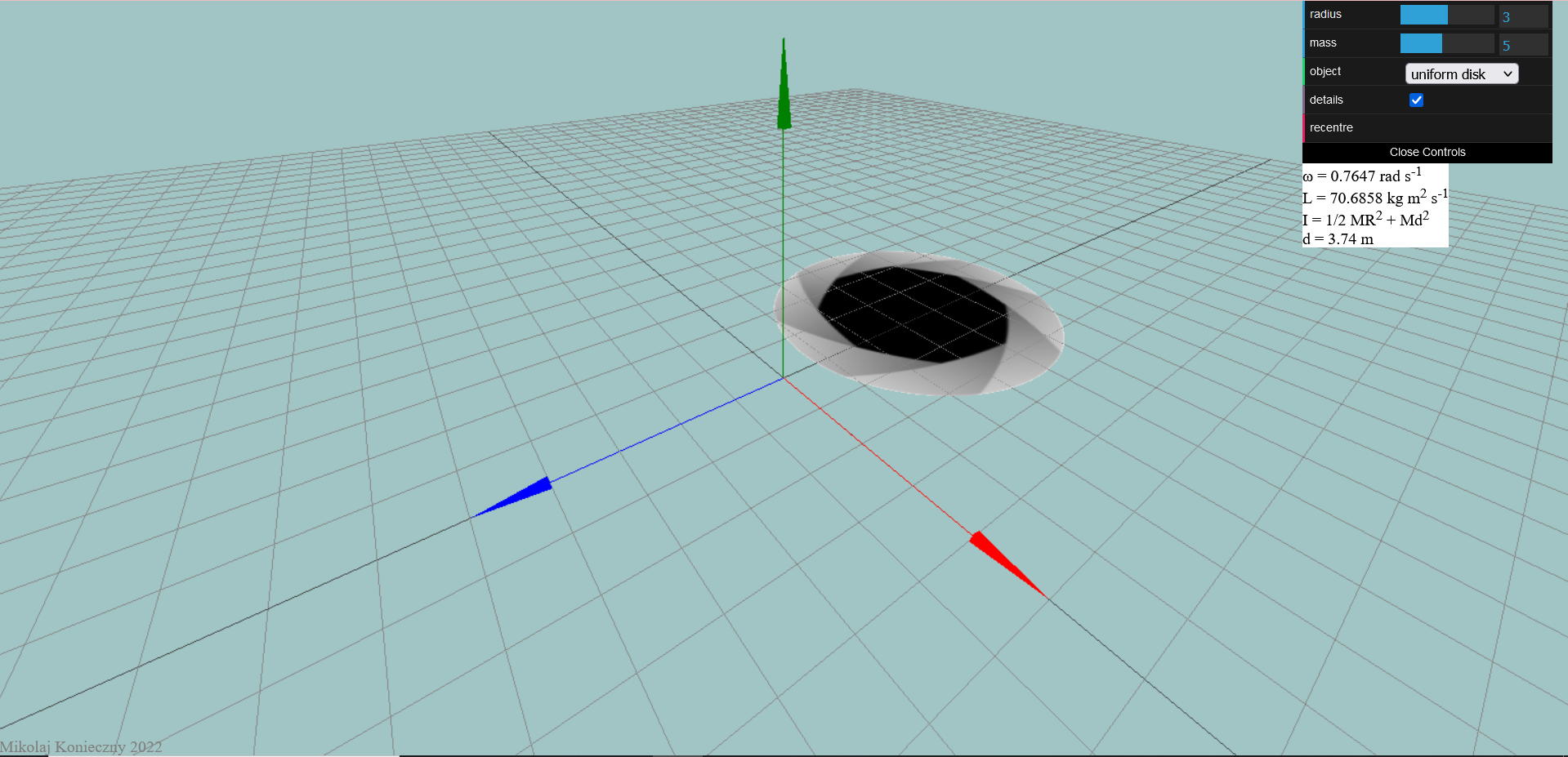Although the simulation and game are built in JavaScript and should run on most devices, Chrome on a laptop is the preferred browser to run them. If you experience any issues, try opening them in an incognito window.
Everything here was created by undergraduate researchers, Ted Mburu and Mikolaj Konieczny, with the guidance of Dr. Colleen Countryman, Dr. John Barr, Dr. Doug Turnbull, Ithaca College Department of Physics and Astronomy, Ithaca College Department of Computer Science, the Ithaca College Informational Technologies, the p5.js project, and Daniel Shiffman (The Coding Train).
Please contact us with any inquiries at ccountryman@ithaca.edu.

|
| Simulation |
| The objective of this simulation is to improve students' conceptual understanding of how electric fields are impacted by a configuration of charges by creating a dynamic representation of the electric field lines, field vectors, equipotential lines, and the voltage created by the charges on screen. After creating a charge distribution, the simulation visualizes the motion of test charges through the electric field. |



